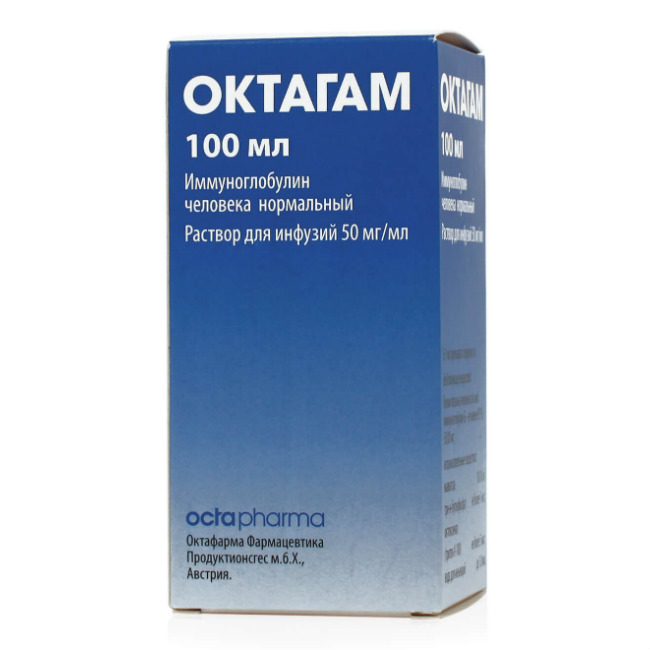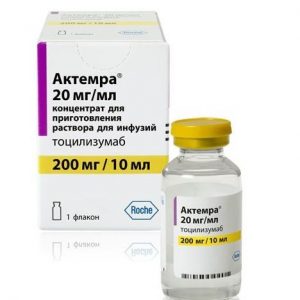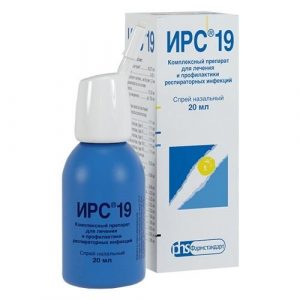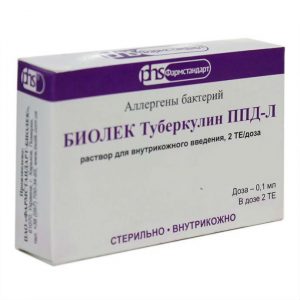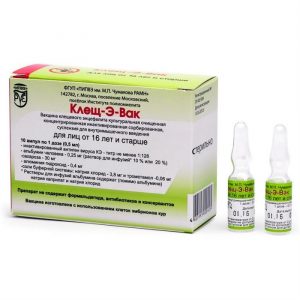Description
Release form
Solution for intravenous administration
Packaging
Fl. 100 ml
Pharmacological action
Octagam contains mainly immunoglobulin G with a wide range of antibodies against infectious agents, as well as trace amounts of IgA and IgM. It has all the properties of immunoglobulin G (IgG), which is found in a healthy population. It is made from a pool of plasma from at least 3600 donors. The distribution of IgG in subclasses is almost identical to that in normal human plasma. Adequate doses of the drug can restore an abnormally low level of IgG to its normal level. IgG molecules are not altered due to chemical or enzymatic effects. Antibody activity is completely reversed. Octagam contains less than 1% polymers. The content of IgG monomers is at least 90%, and dimers are at least 8%.
Octagam contains a wide range of antibodies against various infectious agents that are endemic to Europe and North America.
In the production of Octagam, the following precautions are taken against transfusion of viruses: each portion of the plasma and plasma pool are tested by the third generation immune system for hepatitis B surface antigen (HBsAg), only HBsAg is used, negative plasma each portion of the plasma and the plasma pool are similarly tested for antibodies only anti-HIV-1 and HIV-2 and anti-HCV negative plasma are used for HIV-1 and HIV-2 and for hepatitis C virus (HCV) only donated plasma portions tested on ALT are used only that plasma is taken in which the ALT value does not exceed double the norm in accordance with the optimized standard method, the level of antibodies to hepatitis A, Parvovirus B-19 and cytomegalovirus is determined in each series of the drug.
The method of inactivation of viruses is extremely important for the safety of blood products, because there is a minimal risk of transferring viruses that are still unknown to them. Therefore, the Octagam in the manufacturing process is treated with a mixture of solvent and detergent (C / D method).
In addition to the usual production criteria, the end product is tested for the hepatitis B virus marker, HBsAg, HIV antibodies: anti-HIV-1 and anti-HIV-2, HCV antibodies. Only drugs with negative test results are subject to release.
Indications
For substitution therapy: – primary immunodeficiency syndromes, incl. congenital agammaglobulinemia and hypogammaglobulinemia, unclassified variable immunodeficiency, severe combined immunodeficiencies, Wiskott-Aldrich syndrome
– secondary hypogammaglobulinemia in patients with chronic lymphocytic leukemia and myeloma repeated disease.
For use as an immunomodulator: – idiopathic thrombocytopenic purpura (ITP) in adults and children with a high risk of bleeding or before surgery to correct
platelet count – Kawasaki
disease – bone marrow transplantation.
Contraindications
Intolerance to homologous immunoglobulins, especially in extremely rare cases of immunoglobulin A deficiency when the patient has antibodies to IgA.
Use during pregnancy and lactation
Octagam should be used with caution during pregnancy and during lactation (breastfeeding).
Safety of the drug during pregnancy in humans has not been studied. Long-term clinical experience with the use of immunoglobulins indicates that one should not expect any harmful effects on the mother and fetus during pregnancy, or on the newborn.
Immunoglobulins are excreted in breast milk, which may facilitate the transfer of protective antibodies from mother to newborn.
Composition of
Plasma Protein
Dosage and administration
Doses and duration of therapy are determined by the indications for use (replacement therapy or immunomodulating therapy) and the value of T1 / 2 in specific patients. Therefore, it is advisable to establish the dose individually. As a recommendation, the drug can be used in the following doses.
The goal of substitution therapy in primary immunodeficiencies is to ensure a plasma IgG level of at least 4-6 g / l (determination should be made before each subsequent infusion), what is achieved within 3-6 months from the start of treatment.
Primary and secondary immunodeficiency: 100-400 mg / kg (equivalent to 2-8 ml / kg) every 3 or 4 weeks. The recommended starting dose is 400-800 mg / kg, depending on the clinical situation (for example, in acute infections), followed by 200 mg / kg every 3 weeks. The dose required to reach the level of 6 g / l is from 200 to 800 mg / kg / month. The interval between administrations when a stable level is reached is from 2 to 4 weeks. For a more accurate determination of the administered doses and administration intervals, periodic measurement of IgG level is recommended.
Substitution therapy for secondary immunodeficiencies: the recommended dose is 200-400 mg / kg every 3-4 weeks.
Idiopathic thrombocytopenic purpura (ITP): in the treatment of acute episodes – 0.8-1 g / kg in 1 day, if necessary, re-administration on day 3 or 400 mg / kg / day for 2-5 days. Treatment can be repeated in case of a repeated episode.
Kawasaki disease: administered 1.6-2 g / kg in equal doses for 2-5 days. Patients should take acetylsalicylic acid at the same time.
Bone marrow transplantation: immunoglobulin can be used as part of preparatory therapy, as well as after transplantation. The dose is determined individually. The recommended starting dose is 500 mg / kg / week. The duration of treatment is 90 days after transplantation. Doses and duration of therapy are determined by the indications for use (replacement therapy or immunomodulating therapy) and the value of T1 / 2 in specific patients. Therefore, it is advisable to establish the dose individually. As a recommendation, the drug can be used in the following doses.
The goal of substitution therapy in primary immunodeficiencies is to ensure a plasma IgG level of at least 4-6 g / l (determination should be made before each subsequent infusion), which is achieved within 3-6 months from the start of treatment.
Primary and secondary immunodeficiency: 100-400 mg / kg (equivalent to 2-8 ml / kg) every 3 or 4 weeks. The recommended starting dose is 400-800 mg / kg, depending on the clinical situation (for example, in acute infections), followed by 200 mg / kg every 3 weeks. The dose required to reach the level of 6 g / l is from 200 to 800 mg / kg / month. The interval between administrations when a stable level is reached is from 2 to 4 weeks. For a more accurate determination of the administered doses and administration intervals, periodic measurement of IgG level is recommended.
Substitution therapy for secondary immunodeficiencies: the recommended dose is 200-400 mg / kg every 3-4 weeks.
Idiopathic thrombocytopenic purpura (ITP): in the treatment of acute episodes – 0.8-1 g / kg on day 1, if necessary, re-administration on day 3 or 400 mg / kg / day for 2-5 days. Treatment can be repeated in case of a repeated episode.
Kawasaki disease: administered 1.6-2 g / kg in equal doses for 2-5 days. Patients should take acetylsalicylic acid at the same time.
Bone marrow transplantation: immunoglobulin can be used as part of preparatory therapy, as well as after transplantation. The dose is determined individually. The recommended starting dose is 500 mg / kg / week. The duration of treatment is 90 days after transplantation.
Drug interaction
With the simultaneous use of Octagam, the effectiveness of live attenuated viral vaccines against measles, mumps, rubella and chicken pox is reduced (do not administer these vaccines from 6 weeks to 3 months after administration of Octagam).
Pharmaceutical Interactions
Octagam should not be mixed with other medicines.
Storage conditions
When stored at 2 ° to 25 ° C.
active substance
Immunoglobulin human normal
Terms and conditions
prescription
lekarstvennaja form
Solution for infusion
Oktafarma AG, Austria
